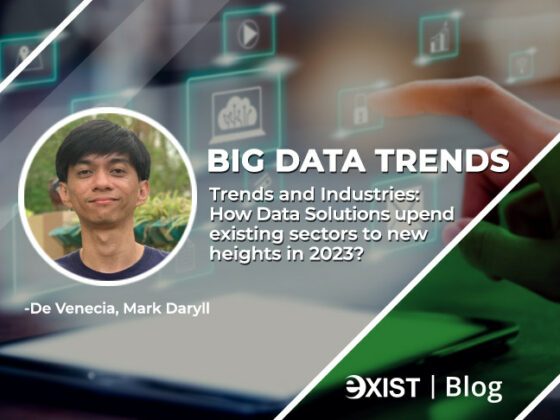Data management is a critical aspect of modern businesses and organizations. With the exponential growth of data in today’s digital world, effectively managing and utilizing…
read more
A Complete Guide to Data Management: Best Practices and Strategies in 2023
https://exist.com/wp-content/uploads/A-Complete-Guide-to-Data-Management-Best-Practices-and-Strategies-2.jpg
650
486
Ric Naingue
https://secure.gravatar.com/avatar/fbe72c2e5258e53ade8b2d4af273ebc91c7a726190d03ebfd7daf3c66e32aefe?s=96&d=mm&r=g





